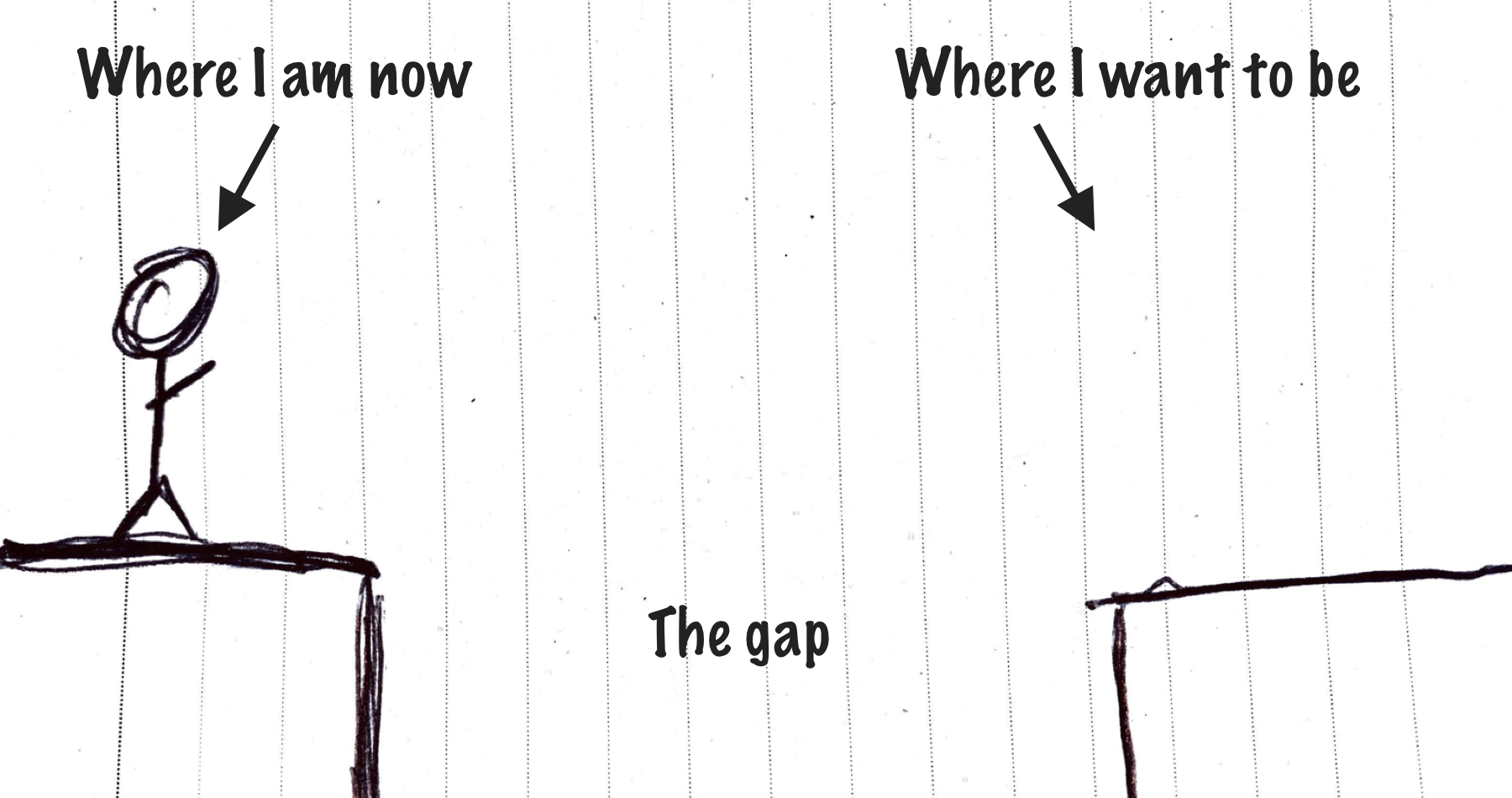Why people buy software
In the 80s and 90s, I spent a lot of time in computer stores.
Back then, the only way to buy software was to visit a store. Once there, you'd go to the software section, and see shelves and shelves of boxes.
Often, you drove to the store with a purpose. You might have been looking for a specific title you read about in a computer magazine. Or, you might have a specific job that needed doing:
"I need Design software so that I can publish my own magazine."
"I need Anti-virus software so that I can protect my computer."
"I need Financial software so that I create a personal budget."
We don't drive to the store to buy software anymore, but what triggers a purchase is still the same. Our desires drive our behaviour.
If I was a software entrepreneur in the 80s or 90s, I would spend most of my time hanging out in those computer stores, just listening to people:
What brought them here? What unmet desire drove them to the store?
What are they currently doing? What have they tried? What's not working?
How do they evaluate the options they see on the shelves?
Ultimately, people buy software because they want to make their lives better in some way. Whatever they've tried in the past hasn't worked.
And that's our opportunity.
Our opportunity is to spot the gap between "where people are" and "where they want to be."
You can train yourself to listen for the mental triggers that cause people to act. They sound like this:
"I wish I could hire someone to do this for me."
"I wish I understood this."
"Why is using this so frustrating?"
"Why can't I make this do what I want?"
"I want to impress my boss."
"I wish there was an easier way to do this."
"I hate doing this every month."
"I never remember how to do this."
"Why is this process so complicated?"
"I don't trust myself to do this properly."
"I want this project to make me feel good about my career."
"I don't know how other people manage this so well; I can never make sense of it."
"I feel stuck; I can't move forward until I figure this out."
"I wish I was better at this."
"I don't have time for this."
"I don't want to manage this."
"Why are there so many steps?"
"Why is this so slow?"
"How do I make this automatic?"
"Working on this is stressful."
"I always forget that step and mess everything up!"
"I have to set this up every time."
"I know this is important, but I never have time to deal with it."
"Every time I use this, I get lost."
"I want to manage my time better."
"This is boring."
"This makes my work look like crap."
"I want to be more creative at work."
"This process feels clunky."
Remember: it's not enough to notice people complaining. If you're looking for good business opportunities, you want some evidence that people are also taking action. There should be evidence that they're trying to solve the problem in some way already.
Where to listen for opportunities
Keep your ears open! Customers will let out these "inner thoughts" almost accidentally. It might be on a support call, in an email, in a forum, on Twitter, or during a customer interview.
It could also be in real life: at a conference, a meetup, or in a coffee shop.
Wherever you encounter human beings, be attentive. Write down the notable things you hear. Keep listening, and see if other people are complaining about the same things.
What do you do next?
You're looking for a pattern. When you see evidence that people are complaining and taking action, that might be a good opportunity to pursue.
“Make people better at something they want to be better at.” ― Kathy Sierra
For example, Patrick Collison noticed that every time he tried to accept payments online, he felt overwhelmed and that the process was too complicated. This led him to build Stripe.
It takes practice, but once you learn to identify these undercurrents, you'll be on your way to creating products that people will drive to the store to buy.
This post was originally published Nov 9, 2012. It's been updated since then.

